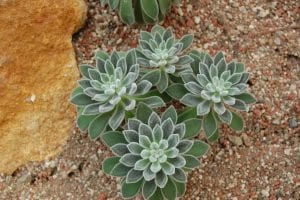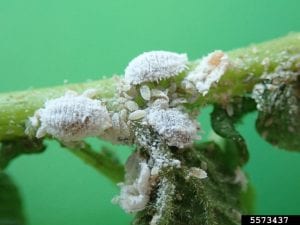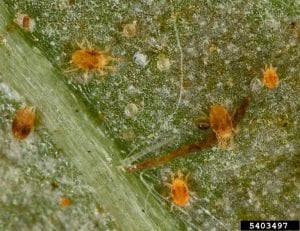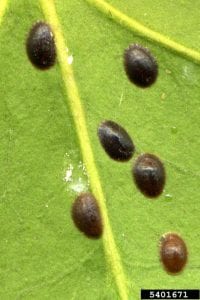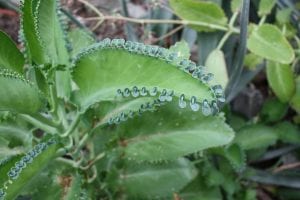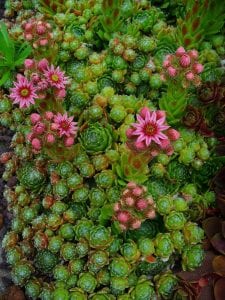This article first appeared in The Times-Herald Record on Saturday, February 16, 2019 in the Home & Garden section.
By Joe Gregoire, Orange County Master Gardener, Cornell Cooperative Extension Orange County
What made you decide to become a Master Gardener Volunteer and how do I know if the program is right for me? – Jackie from Port Jervis
 I love this question and I’m asked often why I became a Master Gardener. As I’m a mid-career professional with a full-time job that occupies much of my time, people I work with are often curious how I have time and energy during the week to devote to volunteering as a Master Gardener. The training program took time to complete and in exchange for the education, all participants in the program give back more time through volunteer work throughout the year. So, instead of using my limited free time doing whatever I want, I make time to give back to the community. For me, its about passion. I’m passionate about gardening and have been from a very young age. And I have my Dad to thank for that.
I love this question and I’m asked often why I became a Master Gardener. As I’m a mid-career professional with a full-time job that occupies much of my time, people I work with are often curious how I have time and energy during the week to devote to volunteering as a Master Gardener. The training program took time to complete and in exchange for the education, all participants in the program give back more time through volunteer work throughout the year. So, instead of using my limited free time doing whatever I want, I make time to give back to the community. For me, its about passion. I’m passionate about gardening and have been from a very young age. And I have my Dad to thank for that.
One Saturday morning when I was seven, I came home from little league baseball to find the backyard and woods behind our house bull dozed into a large cleared field. Dad apparently had plans to start a vegetable garden and I wasn’t in the loop. Not that Dad needed my input, I was a little kid after all. But had I known what was coming, I could have removed my Matchbox cars from the sandbox the day before. I didn’t, and the bulldozer turned them into little treasures that would pop up in random parts of the backyard for years to come. And since I no longer had a sandbox to play in, playing in the dirt became the next best thing. And Dad made good use of me playing there, putting me to work weeding and watering, while quietly planting seeds in me that would grow into the deep passion I have for gardening today. The miracle of watching a tiny seed sprout and transform into a growing plant in a matter of days still gives me that sense of awe that is so rare in this busy world.
I find that carving out some of my free time to help share this passion and plant seeds in others like my Dad did for me, is rewarding beyond measure. While it takes my time, it gives me back energy, joy and relationships within my community I would not have otherwise. Sure, training for the program also expanded my gardening knowledge, but more importantly, it connected me to resources within the Cornell Extension office. I’ve used the training and resources to help expand my gardening hobby into a small farm business. And I’ve found opportunities to volunteer my time that help me hone skills I use in my full-time career, such as creating new presentations, public speaking, and writing articles (like this one).

So, what exactly is a Master Gardener Volunteer? The Master Gardener Volunteer Program is a national program of trained volunteers who work in partnership with their county Cooperative Extension office to provide home and community gardeners with research-based information and skills. In Orange County, Master Gardener Volunteers assist with gardening projects in the community, teach classes and workshops, work in school and community gardens, provide information at public events, and answer gardening questions through the Garden Helpline.
Who Becomes a Master Gardener Volunteer? Master Gardener Volunteers are adults of all ages, abilities, and backgrounds. They range from having no professional gardening or landscaping experience, to very experienced gardeners. They all share a genuine interest in making the world more vibrant and livable through gardening. Master Gardener Volunteers are students, teachers, moms, dads, grandparents, working folks, retired people, and anything else you can imagine. All you need is a love for gardening, some time to volunteer, and a willingness to complete the training.
Master Gardener Training is completed locally in Middletown. Cornell Cooperative Extension Orange County will hold its next training class for Master Gardeners starting in September 2019 and running through March 2020. The training will be held on Thursdays from 9:00 am until 4:00 pm. Applications will be sent out to interested individuals in the beginning of March 2019 and will be due back on April 19th, 2019. After applications are reviewed, interviews will be conducted in early May and final selections will be made. All applicants will be contacted by early August and notified of their standing. The training cost is $300. Scholarships are available.
If you are interested in becoming a Master Gardener Volunteer or want to learn more about the program, please contact: Susan Ndiaye, Master Gardener Volunteer Coordinator, sgn32@cornell.edu, (845) 344-1234

![Photo by (c) 2006 Derek Ramsey (Ram-Man). Co-attribution - Chanticleer Garden. [CC BY-SA 3.0 (http://creativecommons.org/licenses/by-sa/3.0/)], from Wikimedia Commons Aeonium arboreum 'Zwartkopf'](https://blogs.cornell.edu/master-gardeners-cce-oc/files/2019/01/Aeonium-arboreum-Zwartkopf-1k523kl-300x254.jpg)
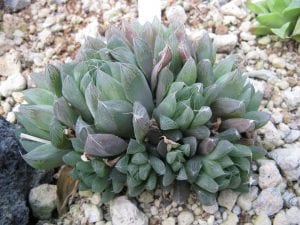
![Frank Vincentz [GFDL (http://www.gnu.org/copyleft/fdl.html) or CC-BY-SA-3.0 (http://creativecommons.org/licenses/by-sa/3.0/)], from Wikimedia Commons](https://blogs.cornell.edu/master-gardeners-cce-oc/files/2019/01/Kalanchoe_eriophylla_02_ies-25v976e-300x263.jpg)
![Emmanuelm at English Wikipedia [CC BY 3.0 (https://creativecommons.org/licenses/by/3.0)]](https://blogs.cornell.edu/master-gardeners-cce-oc/files/2019/01/Crassula_bonsai-22f5pwe-256x300.jpg)
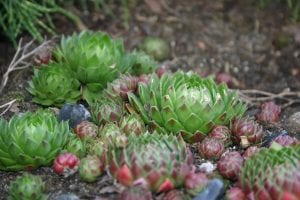
![Daderot [Public domain], from Wikimedia Commons Sedum ruspestre 'Angelina'](https://blogs.cornell.edu/master-gardeners-cce-oc/files/2019/01/Sedum-rupestre-Angelina-on-a-rock-wall-slwnzo-e1547837668654-300x260.jpg)
